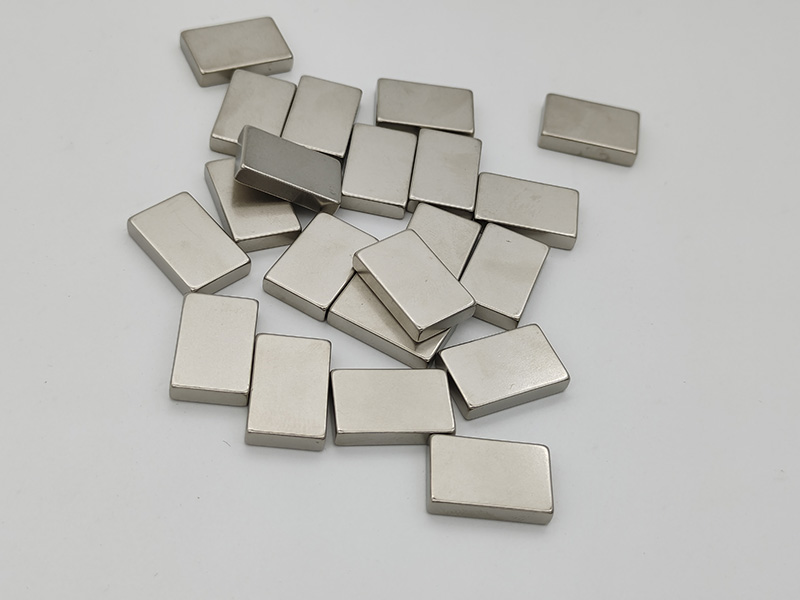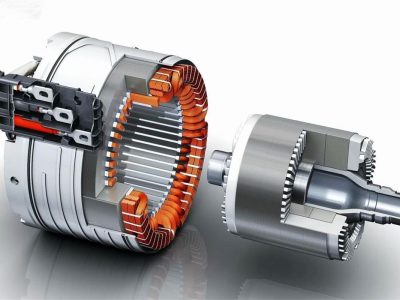As for the reasons for motor demagnetization, firstly, the motor cooling fan is abnormal, causing the motor to be high temperature, and the motor is not equipped with a temperature protection device; in addition, the ambient temperature may be too high; and finally, the motor design may be unreasonable.

So how to prevent the demagnetization of permanent magnet motors?
Correct selection of permanent magnet motor power is the key to preventing or delaying demagnetization. Demagnetization is related to the power selection of the permanent magnet motor. Correctly selecting the power of a permanent magnet motor can prevent or delay demagnetization. The main reason for the demagnetization of the permanent magnet synchronous motor is excessive temperature, and overload is the main reason for excessive temperature. Therefore, a certain margin should be left when selecting the power of the permanent magnet motor. According to the actual load situation, generally around 20% is more appropriate.
In addition, heavy-load starting and frequent starting should be avoided. The cage-type asynchronous starting synchronous permanent magnet motor should try to avoid heavy-load direct starting or frequent starting. During the asynchronous starting process, the starting torque oscillates. During the starting torque valley section, the stator magnetic field demagnetizes the rotor magnetic poles. Therefore, try to avoid overloading and frequent starting of asynchronous permanent magnet synchronous motors.
From the perspective of design and manufacturing of permanent magnet synchronous motors, the relationship between armature reaction, electromagnetic torque and permanent magnet demagnetization must be considered. Under the combined action of the magnetic flux generated by the torque winding current and the magnetic flux generated by the radial force winding, the permanent magnets on the rotor surface can easily cause demagnetization. When the air gap of the motor remains unchanged, the most effective way to ensure that the permanent magnets do not demagnetize is to appropriately increase the thickness of the permanent magnets.
On the other hand, a ventilation slot loop can be designed inside the rotor to reduce the temperature rise of the rotor. An important factor affecting the reliability of permanent magnet motors is permanent magnet demagnetization. If the temperature of the rotor rises too high, the permanent magnets will suffer irreversible demagnetization. During structural design, the internal ventilation circuit of the rotor can be designed to directly cool the magnets. It not only reduces the temperature of the magnet, but also improves the efficiency.
In addition, the design can also be improved, such as appropriately increasing the thickness of the permanent magnets, designing the internal ventilation slot circuit of the rotor, etc., which can reduce the temperature rise of the rotor and improve efficiency, thereby preventing or delaying the demagnetization of the permanent magnet motor.
.
In summary, correctly selecting the power of the permanent magnet motor, avoiding heavy-load starting and frequent starting, and designing reasonable structures and maintenance plans are all effective measures to prevent or delay the demagnetization of the permanent magnet motor. For manufacturers, correct selection, leaving margin, and avoiding frequent overloads are all important aspects to ensure the stability of the motor. At the same time, using appropriate testing instruments and tools for measurement and detection is also an important means to prevent and delay demagnetization.

